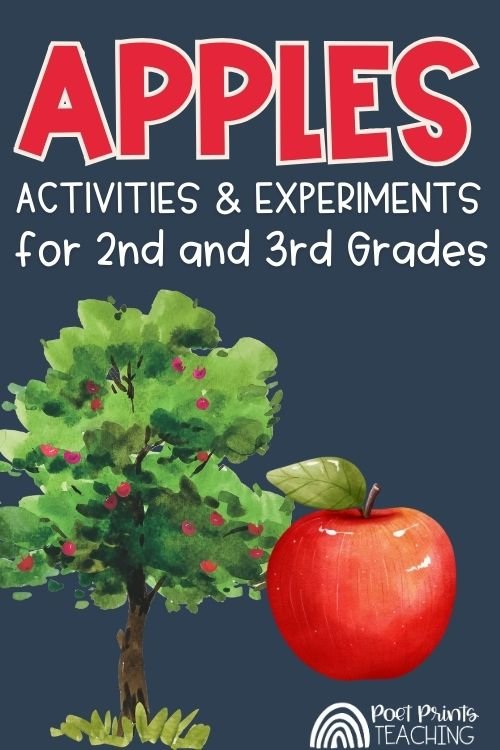Are you seeking an engaging Bible lesson for kids in 1st, 2nd, and 3rd grades this Thanksgiving? Teaching the story of Jesus Healing Ten Lepers is a powerful way to help kids understand the importance of gratitude. This miraculous healing not only shows Jesus' compassion but also highlights the significance of giving thanks, as only one of the ten healed lepers returned to express gratitude. Discover creative ways to teach this story through kid-friendly videos, engaging activities, fun crafts, and lesson plans. These resources will help children grasp the key lessons of thankfulness and the joy of expressing gratitude to God.
The Story of the healing of ten lepers
In Luke 17:11-19 we are told the story of when ten lepers approached Jesus as he was traveling on his way to Jerusalem. Along the road, ten lepers approached Jesus and said, “Jesus, have mercy on us.” Jesus told them to go and present themselves to the priest. As they were walking away, they were healed! Only one of the men returned to thank Jesus, throwing himself at Jesus’ feet with gratitude.
Thanksgiving Bible Lessons for Kids
Are you looking for an easy way to teach about gratitude this Thanksgiving? Grab a scripted lesson, easy activity, and printable craft perfect for 3-8-year-olds.
What is Gratitude and Why is it Important?
Gratitude is feeling thankful and appreciative of the good things in your life. It is taking time to stop and think about things that you can be thankful for, such as physical items, people, and even life circumstances.
The most common way to express gratitude is by saying “thank you” and showing appreciation with your actions. However, showing gratitude for a gift isn’t just saying “thank you; it’s also treating the gift with care.
What the Bible Says About Gratitude
The Bible clearly outlines that gratitude is important. Here are just a few verses:
“Rejoice always, pray continually, give thanks in all circumstances; for this is God’s will for you in Christ Jesus.” 1 Thessalonians 5:16-18
“Come, let us sing for joy to the Lord; let us shout aloud to the Rock of our salvation. Let us come before him with thanksgiving and extol him with music and song.” Psalm 95:1-2
“Every good and perfect gift is from above, coming down from the Father of the heavenly lights, who does not change like shifting shadows.” James 1:17 NIV.
God gives good gifts, and He is worthy of our thanks!
brainstorm things to be thankful for
For many kids, the question, “What are you thankful for?” can be quite overwhelming. I suggest breaking it down into categories to help your kids think through all of the blessings in their lives. I like to talk about…
People we are thankful for
Things in nature that we are thankful for
Things in our house that we are thankful for
Things in our community that we are thankful for
Something we are thankful that we can do
Try writing these down on a piece of paper or adding them to a thankful tree. This particular tree template is a part of this Thanksgiving Lesson for 1st-3rd Grade.
Printable Thankful Craft
After we have brainstormed everything we are thankful for, it’s time for a printable craft! In this craft, kids will cut out the pieces to make a flower. On each petal, they will write (or draw) one thing that they are thankful for. This printable craft is included in both the Preschool/Kindergarten thanksgiving lesson as well as the 1st-3rd grade version.
more activities to build thankfulness and gratitude
Sing Songs: There are some awesome songs about giving thanks to God. Here are a few examples:
Thank You, Lord, for Making Me by Vince Parlow is a delightful song for preschool-aged students.
Thank You Cards: Take a moment to write (or draw) a thank you card to God, telling Him all the things you are thankful for
Thankfulness Popcorn: Do a quick activity where kids crouch on the ground. Then, they take turns popping up like popcorn and saying something they are thankful for. The beauty of this activity is kids can take multiple turns or stay silent, but it will help them brainstorm ideas.
Thankful Journals: Take time to have kids write about or draw pictures of what they are thankful for.
YouTube videos About the Ten Lepers
When teaching the story of Jesus Healing the Ten Lepers, it’s always fun to have a video on hand. These are some of the best video versions available.
Check out Crossroads Kids Club’s God Story: Jesus and the Ten Lepers for a great story overview. The video also delves into ways to say thank you.
Crossroad Kids Club has another video about this story, entitled "We can thank God!" This slightly longer video explains the importance of giving thanks and also explains the story of the Ten Lepers.
The Thankful Leper by Saddleback Kids is a short video about the story.
Whether it’s at home, in a faith-based school, or Sunday School, thankfulness is such a beautiful concept for kids to learn and the story of the Ten Lepers is a great reminder of the importance of showing gratitude to God.


























